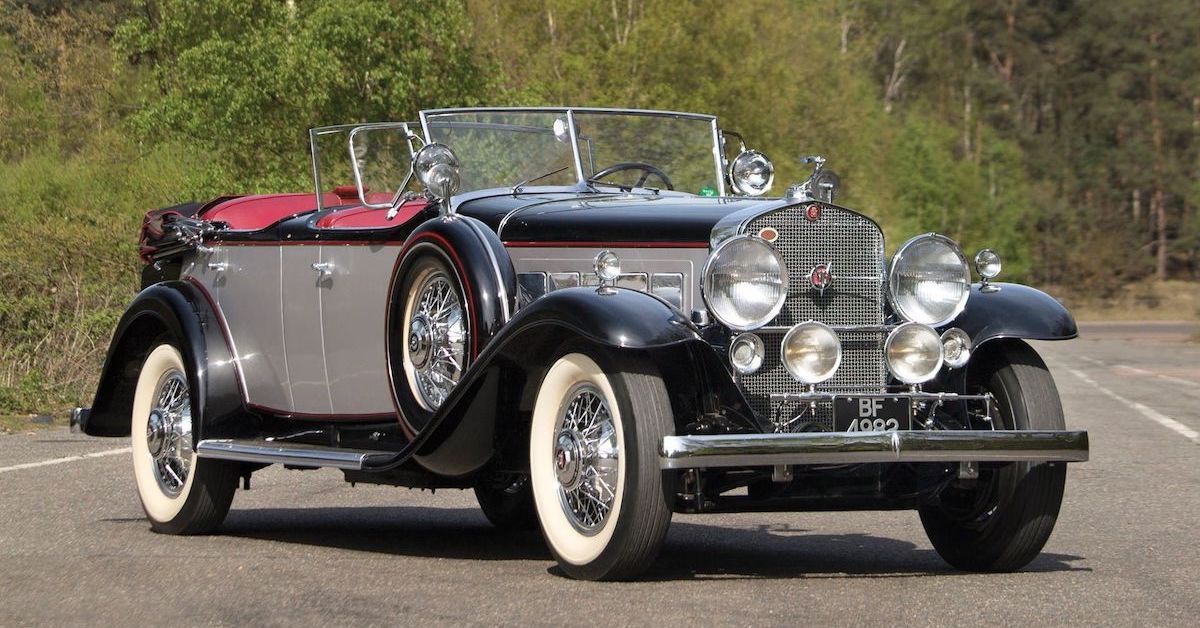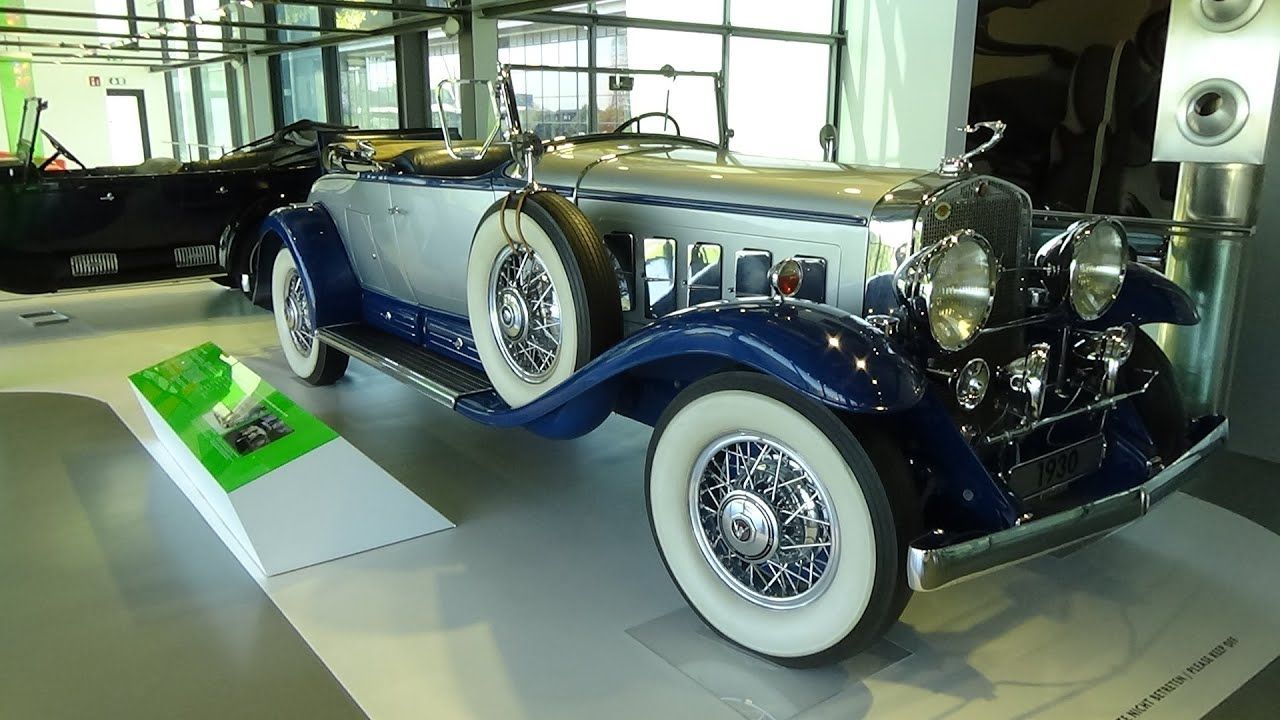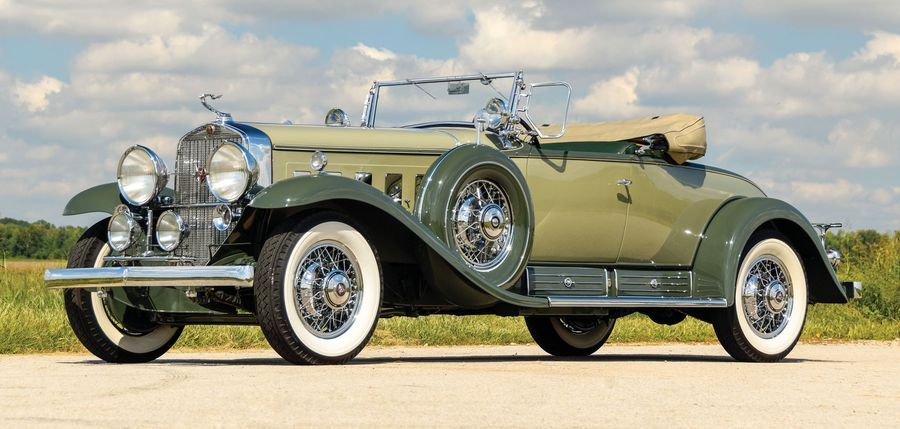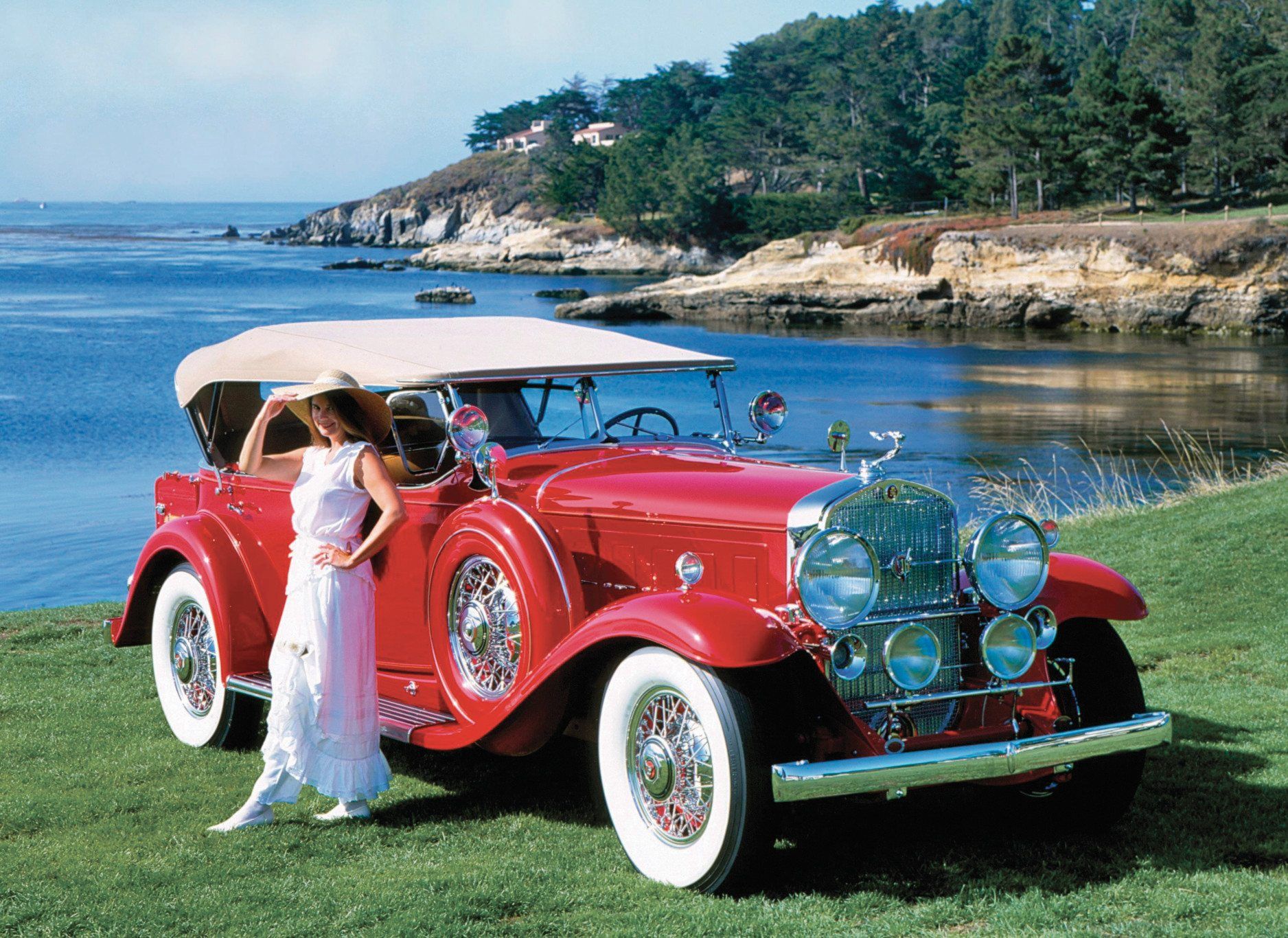Cadillac is synonymous with American luxury cars, and that is because General Motors started building that reputation for the brand right about the time the automobile industry got going. By the 1920s, Cadillac was already the foremost manufacturer of luxury cars in America. And they were known not only for luxury, but power as well. Cadillac was the first car company to offer mass-produced V8 engines on its cars. But that was not enough for the company, and in the late 1920s it set out to create a car with the smoothest, most powerful engine yet.
Having initiated the development in 1926, the fruits of that labor eventually came in 1930 with the Cadillac V-16. A few short months after the 1929 stock market crash was, in retrospect, perhaps not the best time for Cadillac to introduce their most expensive and exclusive vehicle yet. But despite the imminent onset of the Great Depression, the V-16's introduction was a huge success for Cadillac, as the car generated a lot of buzz. Over its ten-year production run, 4,076 V-16's were made, which does not sound all that impressive on paper, but such is the way of these sorts of hyper-expensive luxury models.
Eventually, however, the Great Depression and the beginning of World War II made sales drop precipitously, as it was not a good time to be making massive purchases like top-line luxury cars, even for the rich. Because of this, the V-16 was discontinued in 1940. Despite its unfortunate timing, the V-16 is widely considered to be one of the greatest cars of the interwar era.
The Cadillac V-16 was the first ever production car to use a V16 engine. Here is what those sixteen cylinders will cost you nearly a century later.
The 1930 Cadillac V-16's Specifications
The central feature of the Cadillac V-16 is right there in the name. The V-16 is a massive car, it has a 141-inch wheelbase which is longer than a lot of full-sized SUVs today, and weighs just short of two and a half tons. With a bulk like that, Cadillac's existing V8 engine was not enough to power it. Cadillac considered a number of options to beef up its existing engine, such as superchargers and increasing the size of the cylinders.
But in the end, these options were dismissed, and they settled on the most simple solution: adding more cylinders. The result is a 7.4 liter naturally aspirated V16 engine, which is one of only three V16 engines that the automotive industry ever fit to a production car. The results of all those cylinders are 185 horsepower and a top speed of 93 miles per hour. Which of course sounds fairly underwhelming after all that, but in 1930 those were some pretty impressive numbers. The drivetrain is typical to the period as well, with rear-wheel drive and a three-speed manual transmission.
The 1930 Cadillac V-16 Has Custom Body & Interior
The Cadillac V-16 was something of a pioneer in more ways than just its choice of engine. Prior to its introduction, luxury cars were commonly built and sold as a bare chassis and engine. The customer would then take the chassis to a specialized coachbuilding company to outfit it with a body and interior to their own specifications. For the V-16, Cadillac aimed to sell the entire package.
The V-16 was still sold with customized bodies to the customer's specification like before, but Cadillac partnered with two GM-owned coachbuilders, Fisher Body and Fleetwood Metal Body. That way the entire process could be streamlined and kept under the auspices (and profit) of General Motors, though it was still possible to order the V-16 the old-fashioned way if the customer insisted.
The Cost Of The 1930 Cadillac V-16 Today
The V-16 was Cadillac's top of the line model in a time when Cadillac was quite a bit more exclusive than it is today. The result was a price to match the scale of its engine. In 1930 the V-16 had a list price of $5,350, which translates to $90,891 in today's money. And that was just the base price, with the amount of customization available on the V-16 due to its custom-built nature, prices could easily end up far beyond that.
Today, of course, the V-16 is a rare collector's item, and so prices have skyrocketed in the near-century it has been since the car was first launched. The average cost of a Cadillac V-16 today, according to Classic.com, is $333,579. Of course, what you will actually pay will vary a lot depending on the condition of the particular vehicle, and V-16's in immaculate condition can go for much, much more than that. In 2019, one V-16 sold for 1.2 million dollars!




